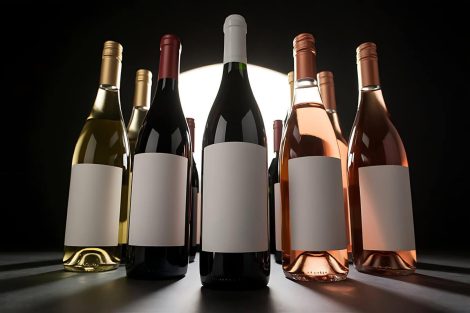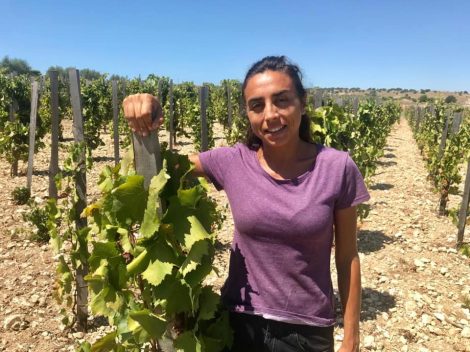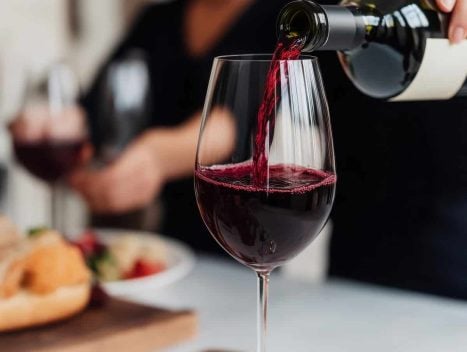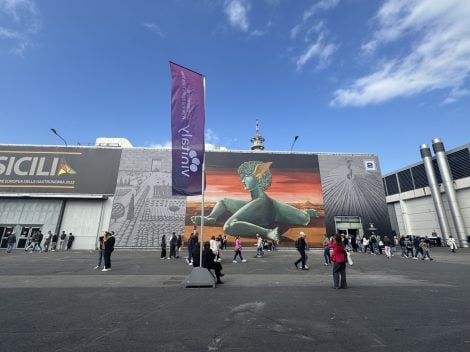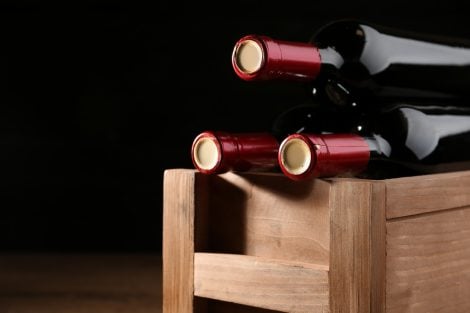Some places contain entire worlds within them, and so do the words that describe them. The Torre Guaceto reserve, in the province of Brindisi, Apulia, is one of these. Its name, derived from the Arabic Al Gawesit meaning "spring water," already indicated its destiny. Today, this area is a state nature reserve—the only one in Italy, alongside Ventotene (LT), to include both sea and land, totalling over 3,000 hectares of protected area. Here, marine currents meet freshwater, hosting a rich and precious biodiversity.
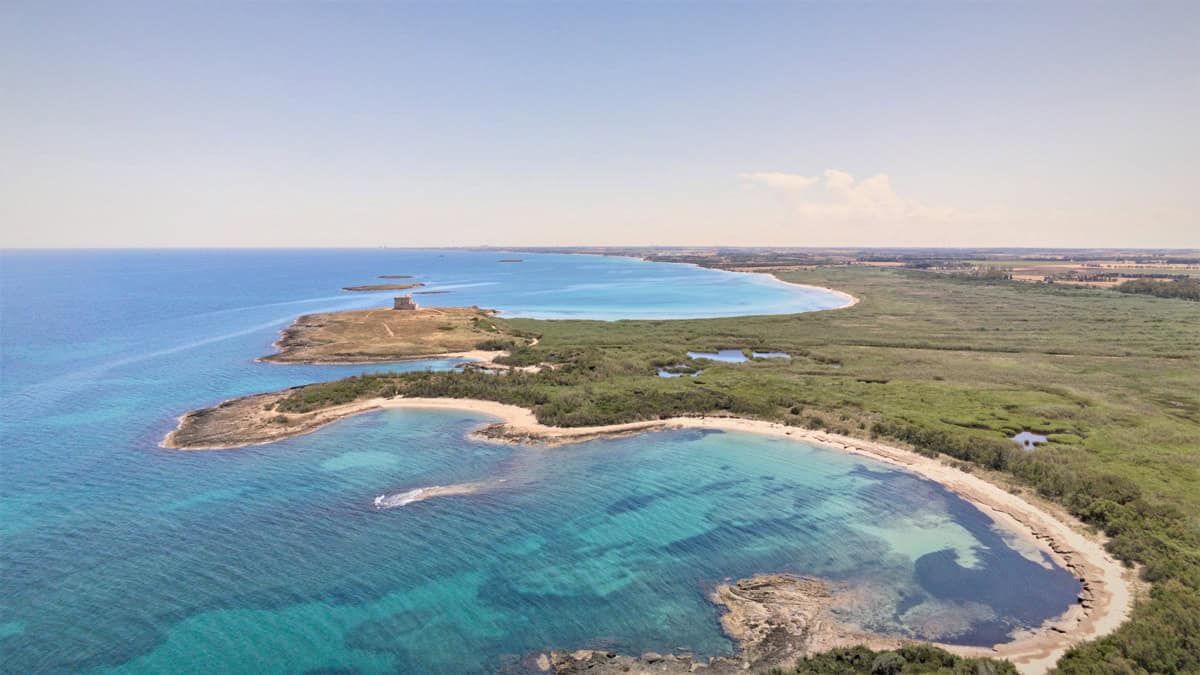
Photos of Torre Guaceto are courtesy of the reserve's management consortium
The Aragonese tower watching Albania
Under the shadow of an Aragonese tower that has guarded this stretch of the Adriatic facing Albania since 1530, around 230 different bird species pass by each year to winter or migrate, totalling ten million specimens. This area is a favoured stopover for both sky and sea fauna: near the coast, one can often spot swimming whales and Caretta Caretta turtles, which, if stranded or found in difficulty, are treated at a recovery centre within the reserve.
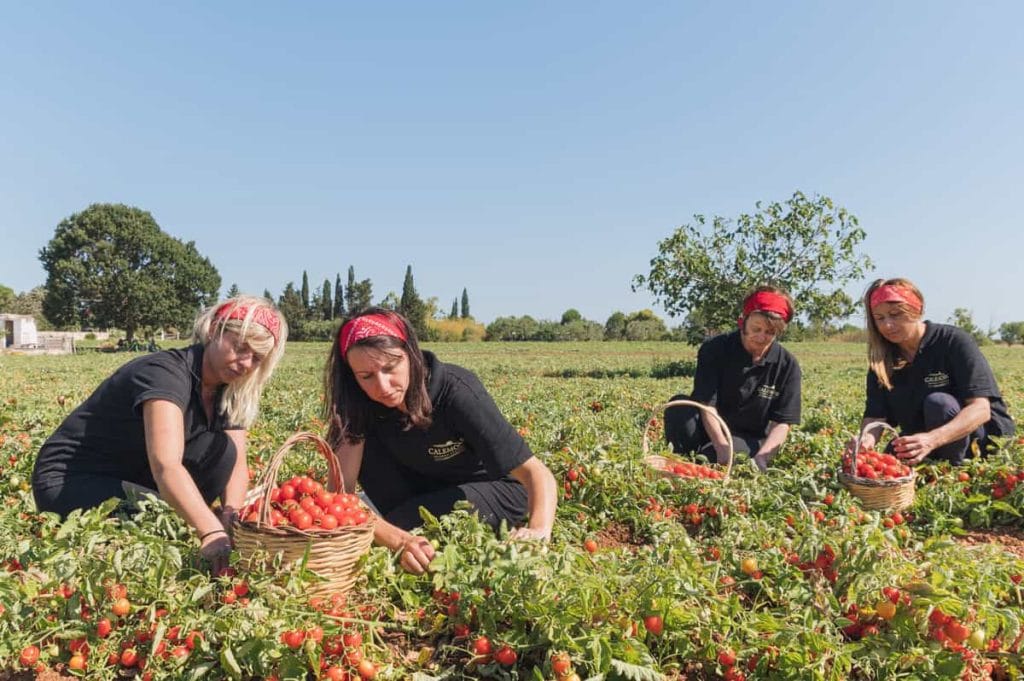
The Agricultural Park and Natural Area
When talking about a "protected" natural area, one often imagines a wild and sparsely populated land. This is not the case with the Torre Guaceto reserve, which is based on the harmony and collaboration between man and nature. A large part of its territory—about 800 hectares—is now covered by an agricultural park, while only a (small) stretch of the sea is off-limits to fishermen. "Man has been present and working here for millennia, so excluding him entirely wouldn’t make sense," says Alessandro Ciccolella, director of the oasis management consortium. Furthermore, since the morphological and environmental conditions of Torre Guaceto make it one of the most important wetlands in the Mediterranean and give its products special taste and organoleptic properties, the aim from the beginning has been to protect and enhance them, not sabotage them. "Even with the goal of safeguarding the environmental and landscape heritage, we didn’t impose overly rigid rules on farmers," explains Ciccolella. "We preferred to create a system of incentives, awarding the reserve’s mark to those who converted to organic farming and allowing them to access Slow Food presidia. Since 2002, just two years after the establishment of the Nature Reserve, we started a partnership with Slow Food, which continues to this day."
A complex and challenging dialogue
However, establishing a constructive dialogue with farmers and fishermen was not easy at first (and "not easy" is an understatement). "The first meetings with the Park Authority were heated because everyone feared losing their jobs," recalls Mario Di Latte, director of the Calemone agricultural company in Torre Guaceto, who for years played the difficult role of mediator between the parties. "Once it was understood that the Authority’s intentions were different, synergy was established, and everyone realised we would benefit." And so it was. This is confirmed by Di Latte himself, among the first to believe in the "return" of the fiaschetto tomato, an indigenous variety of tomato with a very sweet flavour that, thanks to the Slow Food Presidia, has returned to production over the past fifteen years. "The fiaschetto (so-called because it originally had the shape of a wine flask) was the reference variety in the area, renowned especially for its sauce," explains Di Latte. "However, as it became too expensive to cultivate, it was almost disappearing in the 1980s. Around 2006, I decided to revive it and created the first 'new field' within the reserve in 2008. I believe that all products are tied to the territory and vice versa: the proximity to the sea and the brackish water of the reserve give the products unique flavours, and it’s no coincidence that the fiaschetto was grown here and not elsewhere. Our ancestors weren’t fools."
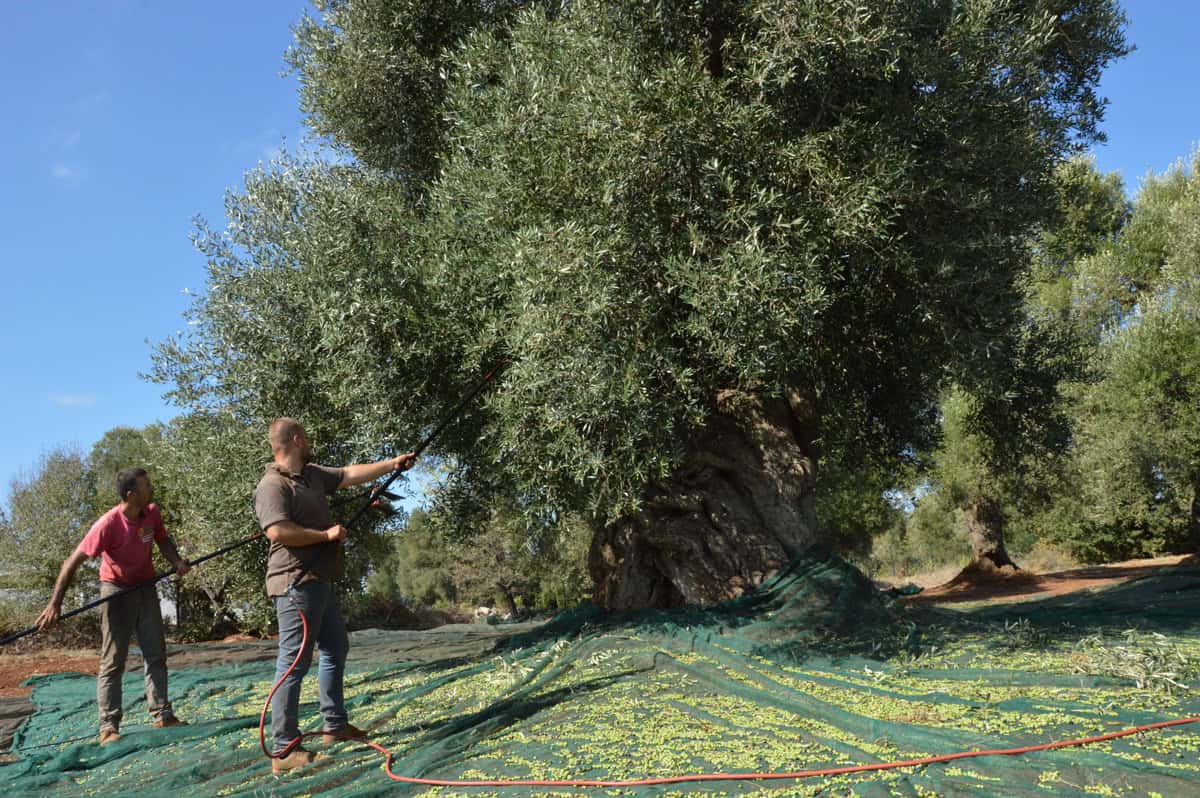
The agricultural company and Pietrasanta olives
Returning from Chef to Farmer
Raffaele Leobilla, 42, worked as a chef around Italy for fifteen years. "In Val Gardena, I fed everyone, even Schumacher," he smiles. In 2015, he returned to work at his family’s agricultural company, Pietrasanta, "which has been producing oil at Torre Guaceto for three generations." One kilometre from the sea, eighty ancient Ogliarola Salentina trees yield Karpene: "an oil with hints of forest fruits," Leobilla proudly says. "The first rule I imposed on the company was to prioritise quality, even through organic farming, over quantity. Today, we harvest at the end of September because the bitter and spicy notes of the oil are better obtained when the olive is slightly unripe. Before, they preferred to wait until December to improve yield." On the 15 hectares available in the reserve, Raffaele and his brother Donatello produce not only oil but also the Artichoke of the Land of the Messapi—a recently established Slow Food presidium—fava beans, and three types of ancient grains: Cappelli, Saragolla, and Maiorca. Wheat and broad beans are rotated annually in the fields with the fiaschetto tomato, which they also produce. This rotation helps to reduce the environmental impact and decrease the use of pesticides. "When you become a father, you always think about what your child will eat, and you are more careful. That's why I want today's food to be as healthy as possible."
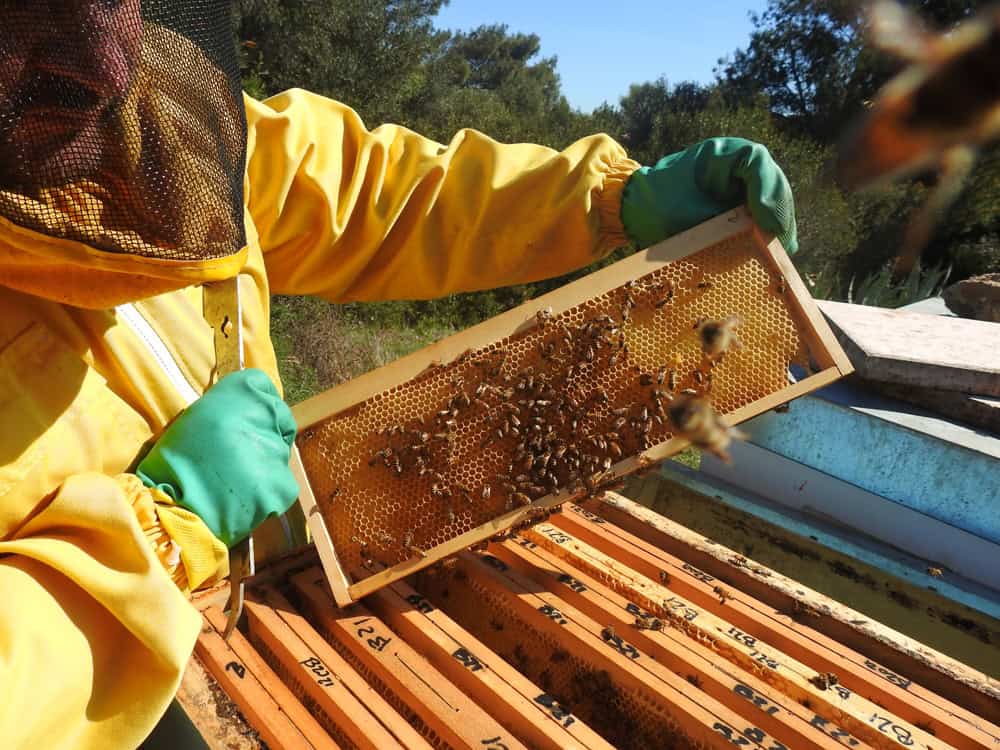
Nature-proof agriculture
The healthiness of the agriculture practised here is demonstrated by the bees, a true litmus test of the environmental conditions of a territory. "Between climate change and the indiscriminate use of pesticides, their lives have become very difficult," observes Simone Valente, a passionate beekeeper with the SiFe company. "But not here at Torre Guaceto, where I produce three and a half quintals of honey every year, and the bees don’t die as they do elsewhere. It’s true that these animals need a lot of love and care, but they are also very resilient insects: bringing them to the brink of extinction means we really put in some effort." How? "By throwing herbicides on flowering fields, or depriving them of their primary resource, water. Which, fortunately, is not lacking at Torre Guaceto."
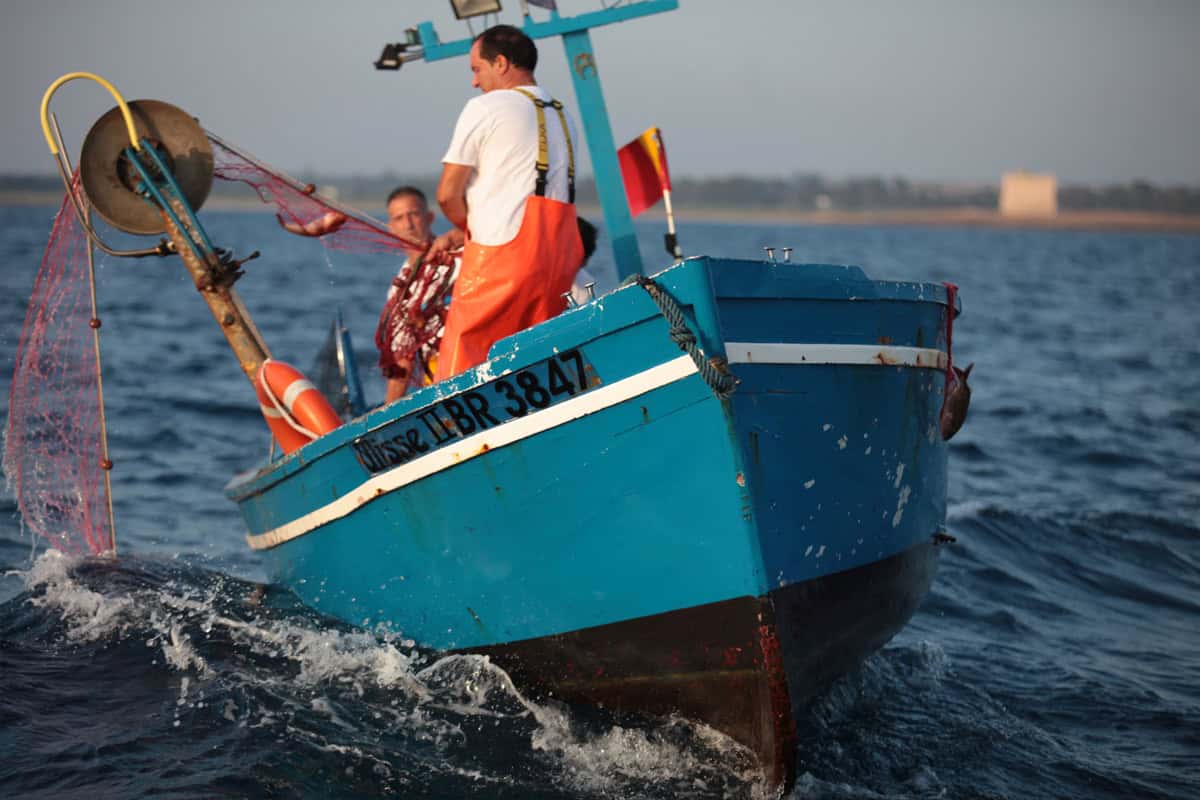
Sustainable fishing
"In the past, we threw tight nets and bombs into the sea, catching everything, even the smallest fish. Today, we use only wide-mesh nets and catch seven times more." Cosimo De Biasi, 57, is one of the eight "converted" fishermen of Torre Guaceto: with an explosive past as a sea predator, he had to negotiate new rules to continue working here when the Reserve was established. "At first, I didn’t trust it," he admits. But soon, he had to change his mind. The eight fishermen authorised by the Consortium—only professionals and residents of the municipalities of Brindisi and Carovigno—access the outermost marine area of the reserve once a week, practising sustainable fishing with cotton trammel nets and respecting biological rest periods necessary for the repopulation of marine fauna (which has increased by 400% in recent years, and not just here, as Torre Guaceto fish have been found with microchips as far as the Gulf of Taranto and even in Albania). "After a while, we realised that the fish we caught were much more, much bigger, and much better," says Cosimo. Indeed, between brackish waters and temperature fluctuations, red mullet, sardines, sea bass, mullets, and eels find the ideal conditions to grow and thrive, offering fishermen a catch of excellence, "appreciated by restaurateurs and customers, and which sells for almost twice as much at the market, even 28 euros per kilo."
Increased revenue
And so, in the end (and not just figuratively: the turnover compared to those operating outside the reserve is three times higher), the initial hostility has turned into collaboration. Today, the fishermen themselves report poaching colleagues in the reserve to the authorities, or assist dolphins, turtles, and other animals in distress. A virtuous circle that self-perpetuates and, as Cosimo recounts, has become a model for others: "From Spain, France, Croatia, and Albania, they call us to ask how we did it and to twin with them."

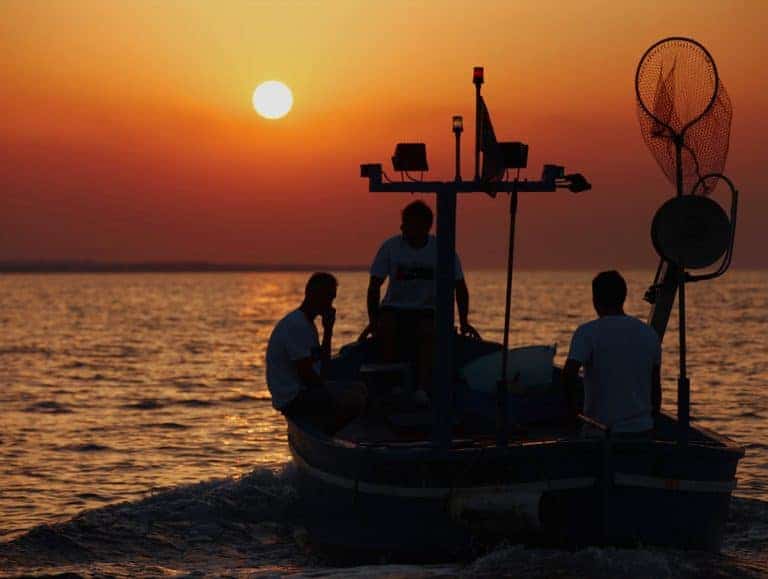
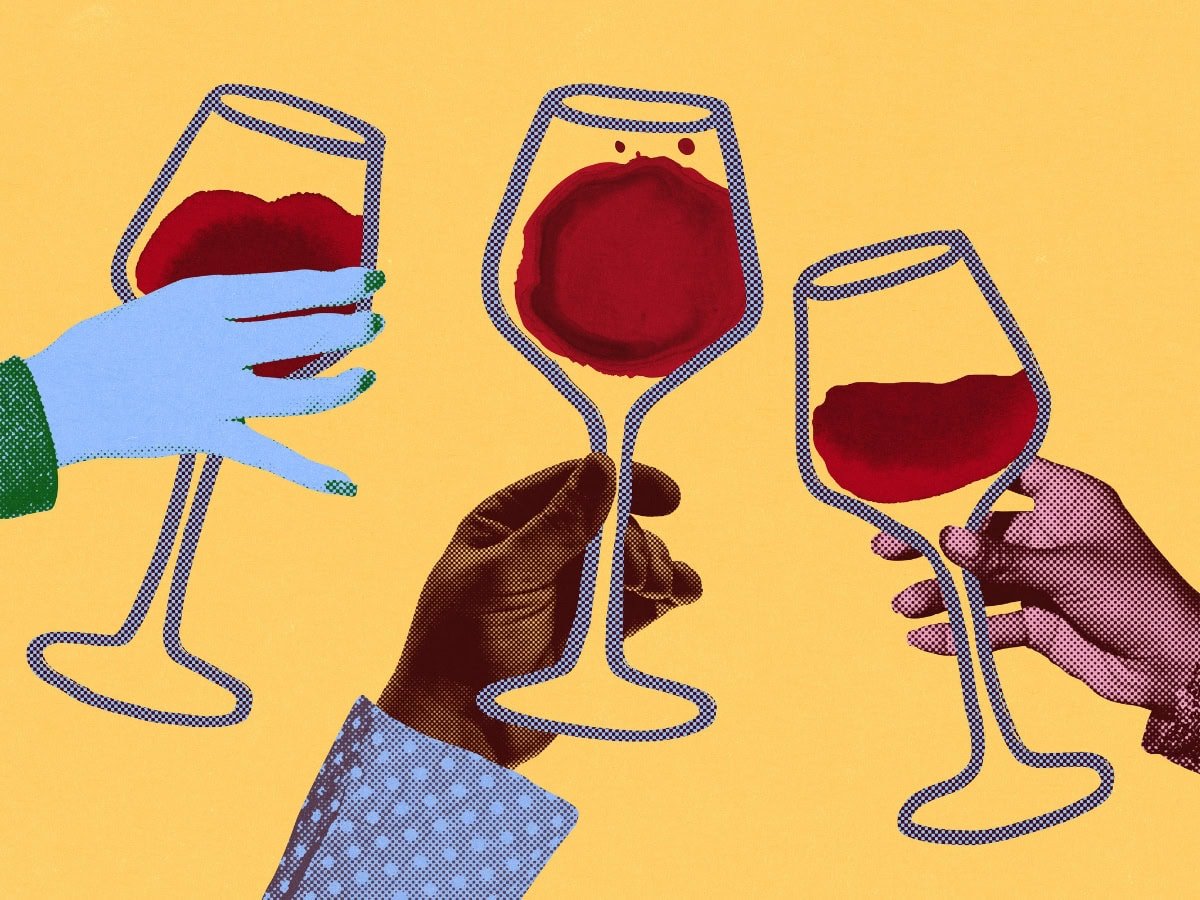 Fewer bottles, more by-the-glass: how to build the wine list of the future
Fewer bottles, more by-the-glass: how to build the wine list of the future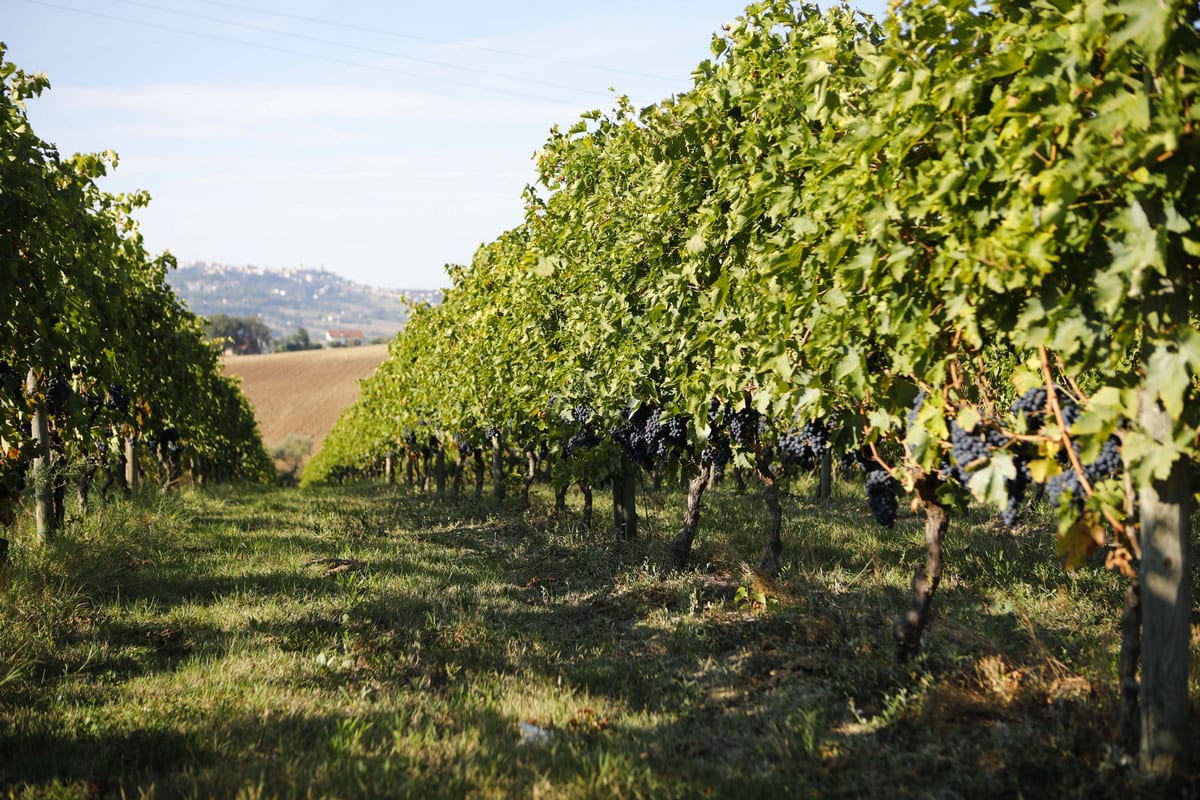 The Moncaro collapse impacts Marche wines. But average price rises
The Moncaro collapse impacts Marche wines. But average price rises Trump’s first trade war cost Americans $27 billion. USDA analysis
Trump’s first trade war cost Americans $27 billion. USDA analysis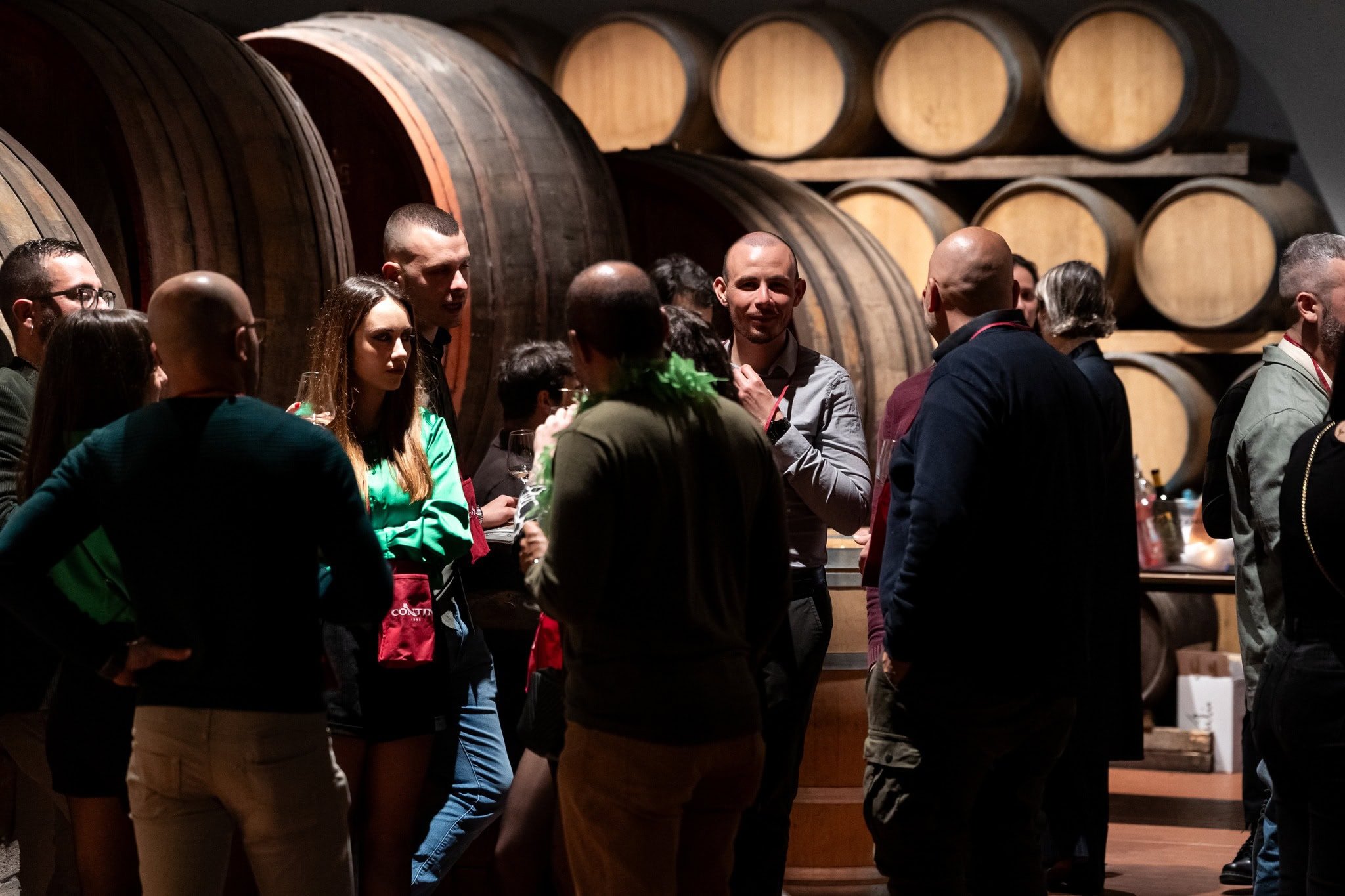 Here are ten Rare Wines you absolutely must try
Here are ten Rare Wines you absolutely must try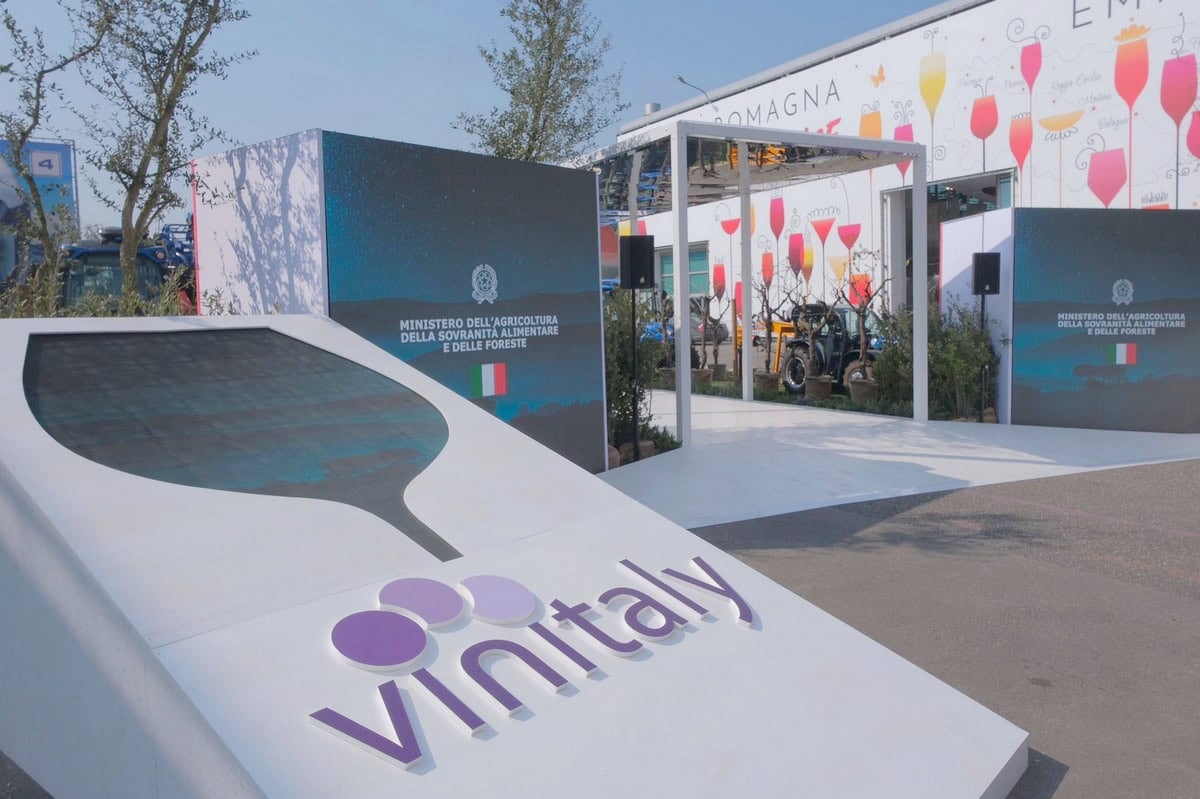 The “Tariff Vinitaly” closes with 97,000 attendees: one third from abroad. See you on 12 April 2026
The “Tariff Vinitaly” closes with 97,000 attendees: one third from abroad. See you on 12 April 2026
